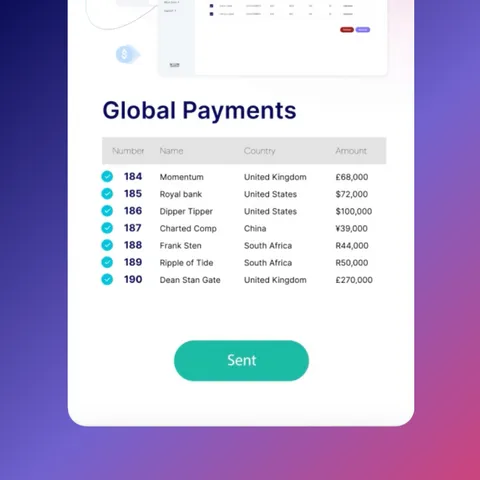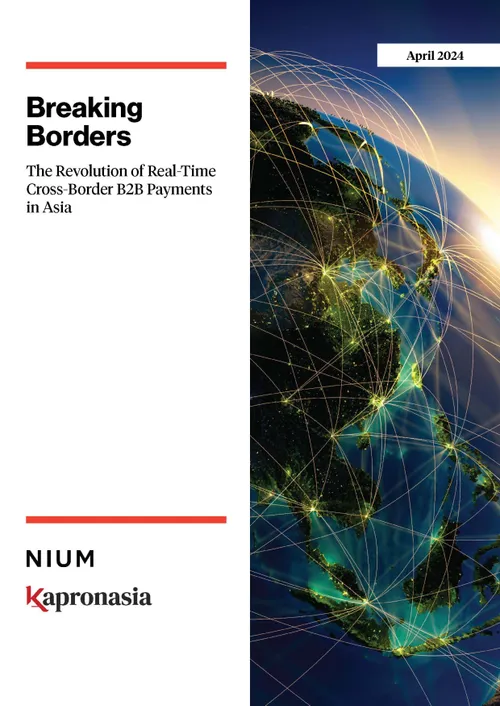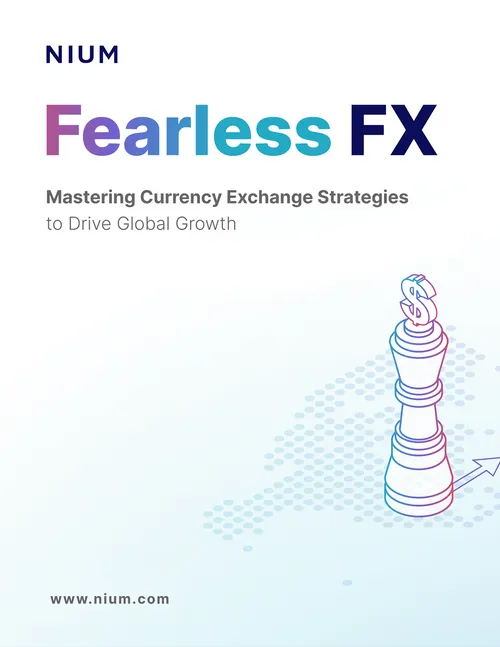Local Payments Infrastructures Are Going Global—Are You Keeping Up?
Published Sep 27, 2021
Payment networks are going through a transformation; the growth in cross-border sales is driving a surge in global payments to keep up with the demands of the modern economy. A global payment footprint not only helps businesses unlock new revenue opportunities but also delivers improved customer experiences. Meanwhile, buyers get to enjoy an expanded set of payment options without being held back by local payments infrastructure limitations.
A tremendous superpower in fiercely competitive domestic markets, going global with cross-border transactions capabilities offers several advantages:
1) Cross-border transactions become simple and seamless: According to a 2021 report published by Citi, an estimated 250 million people across the world send over $500 billion in cross-border remittances yearly; simplifying this process allows a larger volume of money movement to help boost the global economy. Removing unnecessary barriers means no more inefficient interdependencies and a smoother flow of money for an overall stress-free experience for the sending and receiving parties.
A thriving example of cross-border transactions is India’s Unified Payment Interface (UPI); UPI allows businesses, financial institutions and retail customers to send, receive, and collect money in real-time in other countries that it shares connections with. Australia is also seen making this shift to support high-trade corridors with its New Payments Platform (NNP) targeting a wider payments ecosystem for account holders.
Taking away the complexity and guesswork involved in cross-border payments encourages customers to buy with more confidence. A proof of this is a study conducted by Neilson where it was concluded that 93% of Chinese tourists would be willing to spend more and be motivated to make additional purchases if the store supports modern mobile payment solutions such as Alipay or WeChat Pay.
2) Merchants can cater to customers in foreign countries: Positioning their products and services on a global platform, high-performing payment infrastructures allow businesses to receive payments in their local currency for a hassle-free transaction. From entering new markets to boosting profitability, this gateway to scalability is a dream for merchants that is now fast being turned into a reality. It is not just a convenience, but a ticket to a global marketplace granting stronger strategic importance, security and financial gains to companies.
With digital payment platforms such as PayPal and AliPay facilitating cross-border transactions, it is no surprise that 58% of merchants in Singapore, Malaysia and Thailand reported an increase in their store traffic, in addition to 56% experiencing a surge in sales. These payment platforms ensured not only an excellent customer experience but also fortified information security so that buyers and sellers were no longer intimidated by fraud-related threats during transactions.
The Role of Payment Solutions in Accelerating Global Economic Recovery
With Covid-19 having a drastic impact on businesses, globalization of local payments infrastructure will unlock economic recovery and transformation. Apart from countries receiving assistance, many are independently exploring and implementing roadmaps to new payments infrastructures targeting the empowerment of retail users, B2C and B2B businesses. Enhanced cross-border payments have achieved notable benefits for ecosystem participants with some examples including India’s Rupay with a presence across 195 countries, and Singapore’s SGQR.
This rise in steady adoption has had a significant effect on not only payment values, but also volumes, in turn injecting more momentum into this shift towards expanded payments infrastructures. Malaysia and Thailand are excellent examples of countries making progress in growing their domestic infrastructure across borders. With the total cross-border transactions between India and Singapore exceeding over $1 billion each year as of September 2021, Thailand has also tied up with Singapore to simplify inter-country transactions with the launch of a cross-border QR payment linkage.
What’s Best for Your Business?
Addressing, and overcoming, the constraints of local payments infrastructures by becoming global is the need of the hour. Not only improving merchant reach, transaction speed, transparency, and customer experiences, cross-border payments are vital to support economic growth and international trade. Reducing complexities, interdependencies and costs of money movement, choosing a global payment infrastructure such as Nium opens doors to new markets, assured compliance, and seamless transaction processing.
Empowering businesses with global reach, building your foothold in international markets becomes easier with Nium. We help companies manage global payments through our embedded finance platform. We currently enable cross-border payments across 100+ countries, with 65 real-time payments corridors. By partnering with Nium, your business can tap into new markets and accept payments from all around the world – all while the focus remains on growing your business.

Related Articles

.png@webp)
.png@webp)
.png@webp)




.png)










